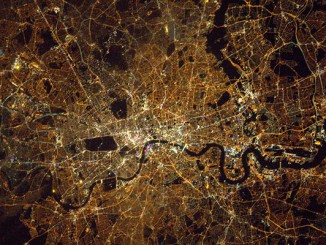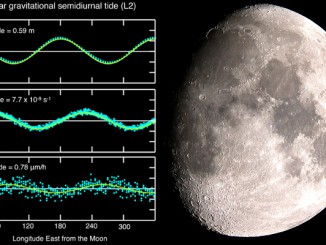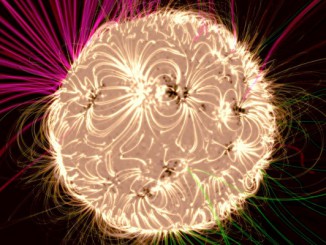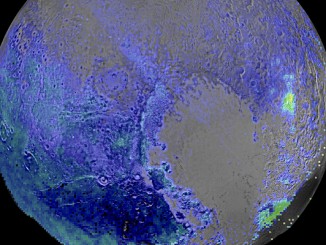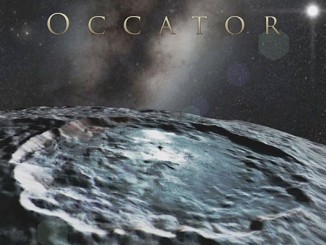
Gerd Neumann Ronchi eyepiece
We can become very attached (even fondly) to the instruments that give us such a thrill observing the Universe. It can come very hard, then, for us to question their quality. Reviewer Steve Ringwood takes a look through a Ronchi eyepiece that permits the user to obtain a definitive and exacting exposure of a telescope’s optical quality.




